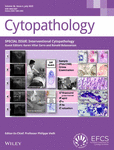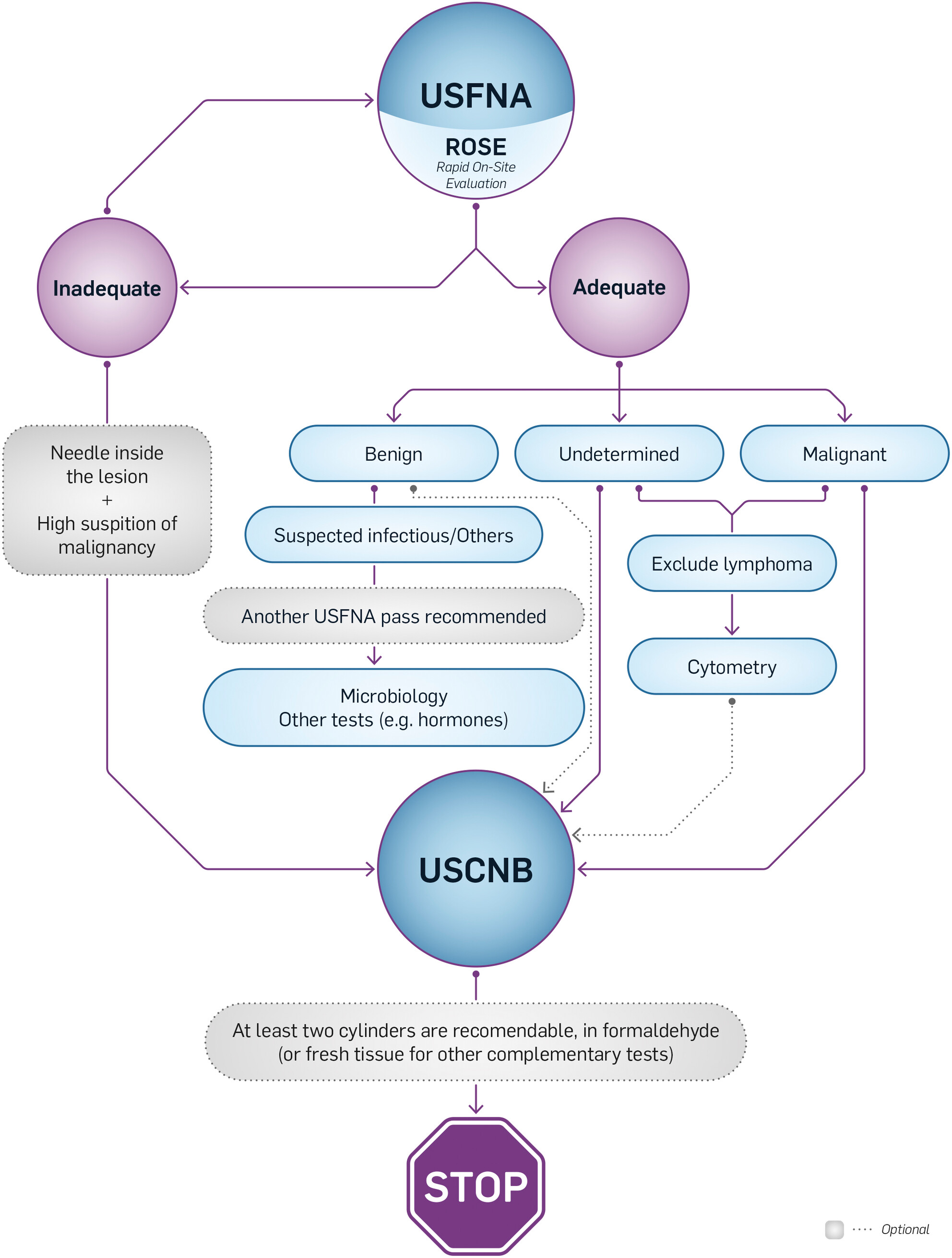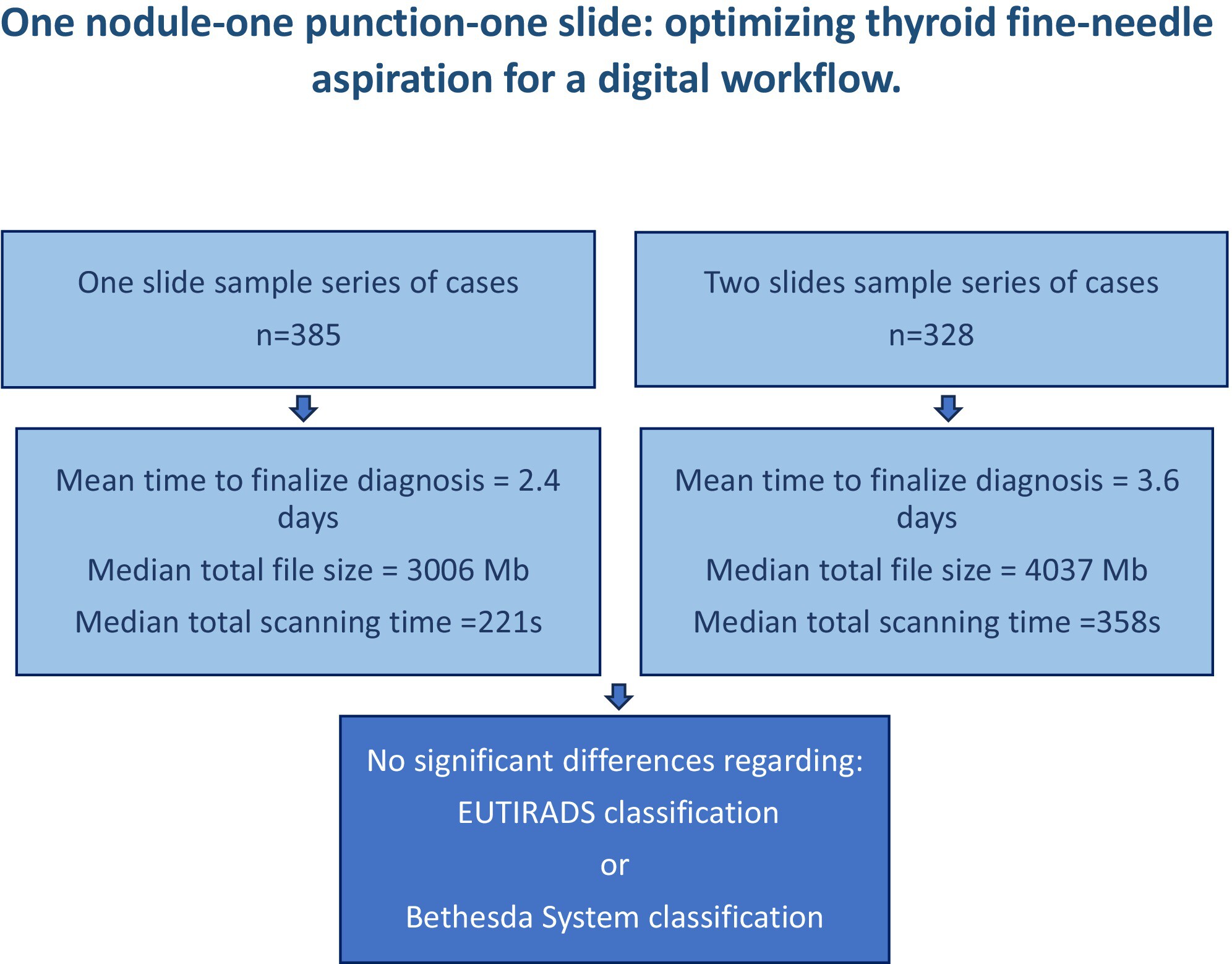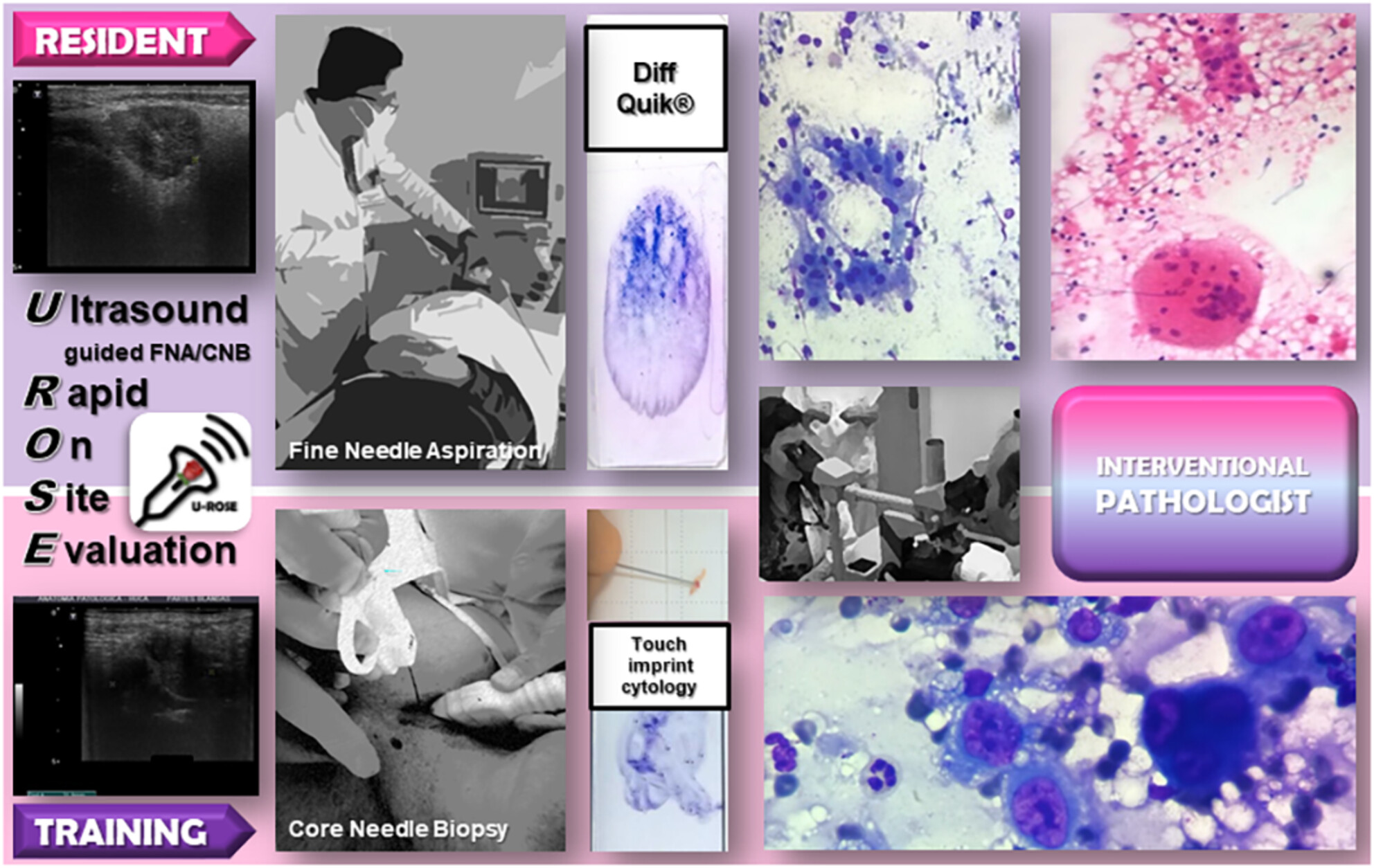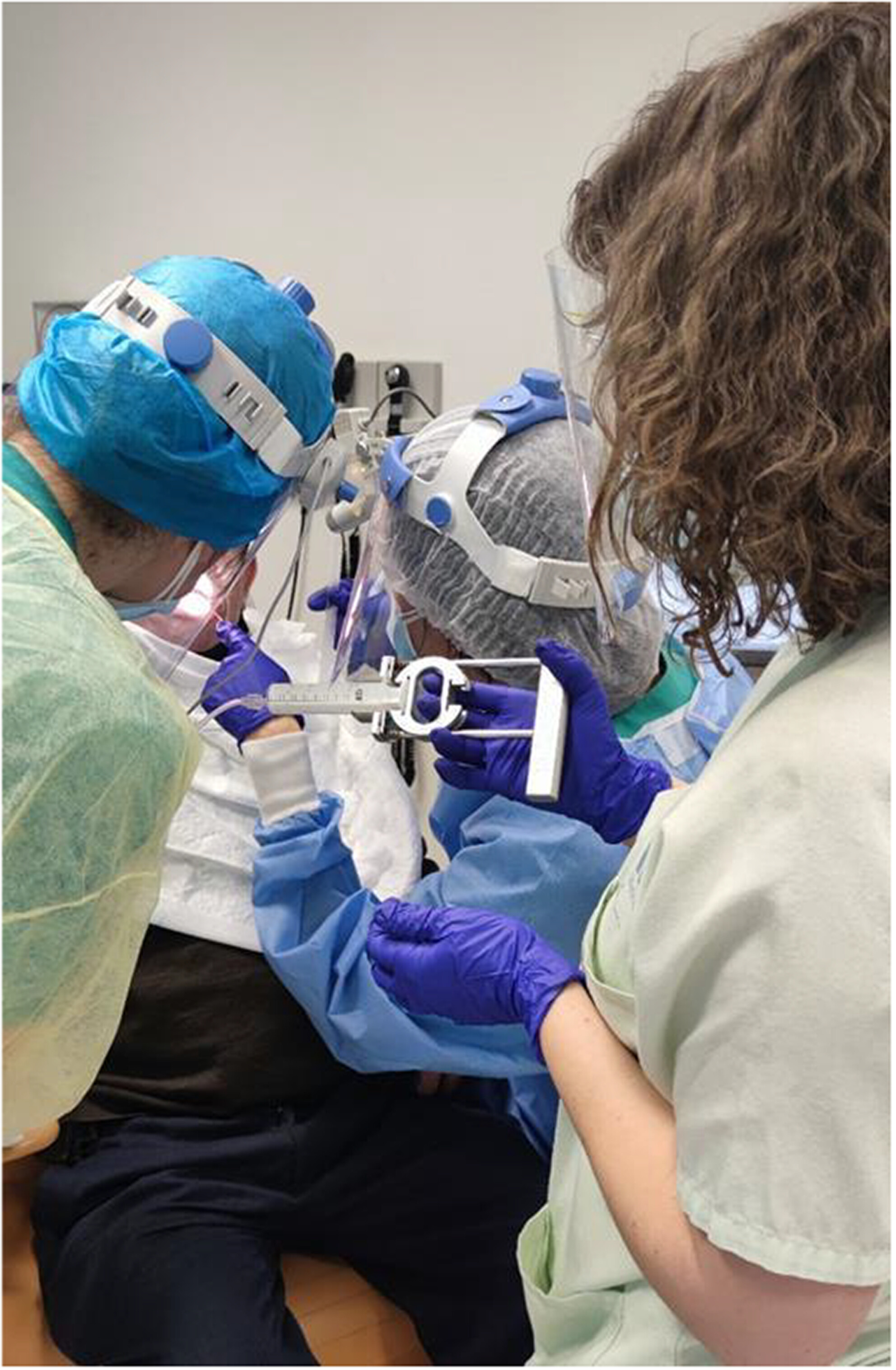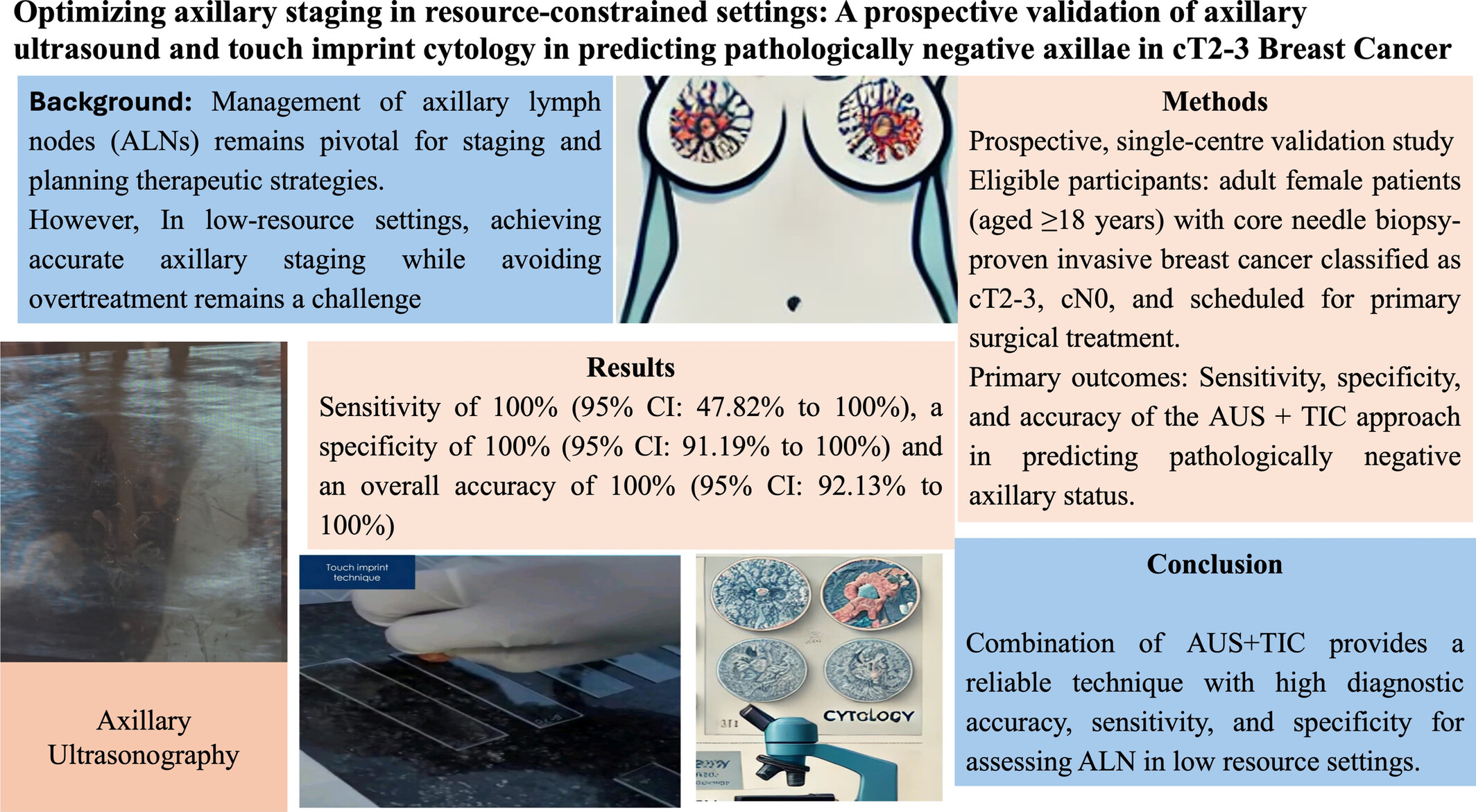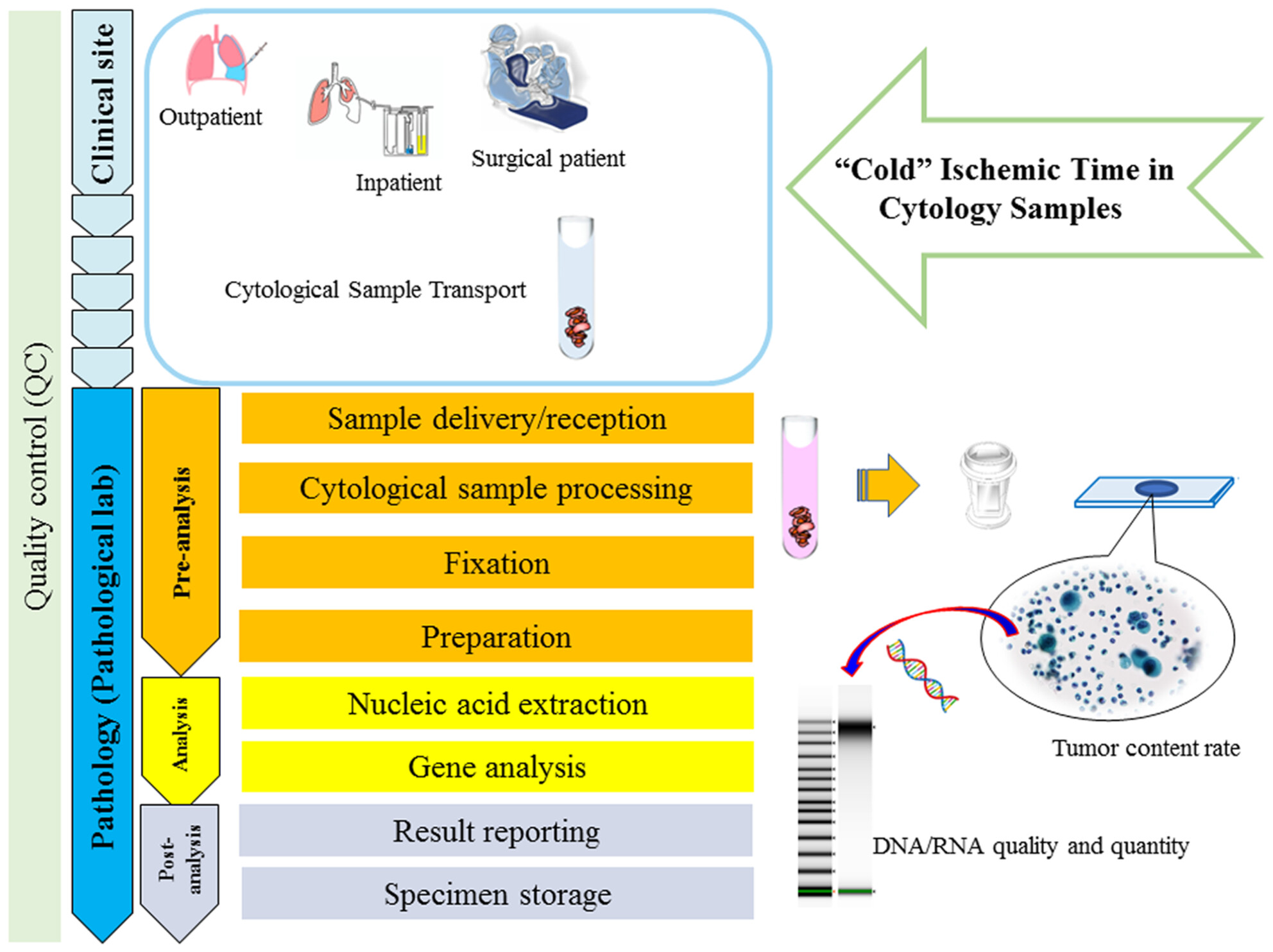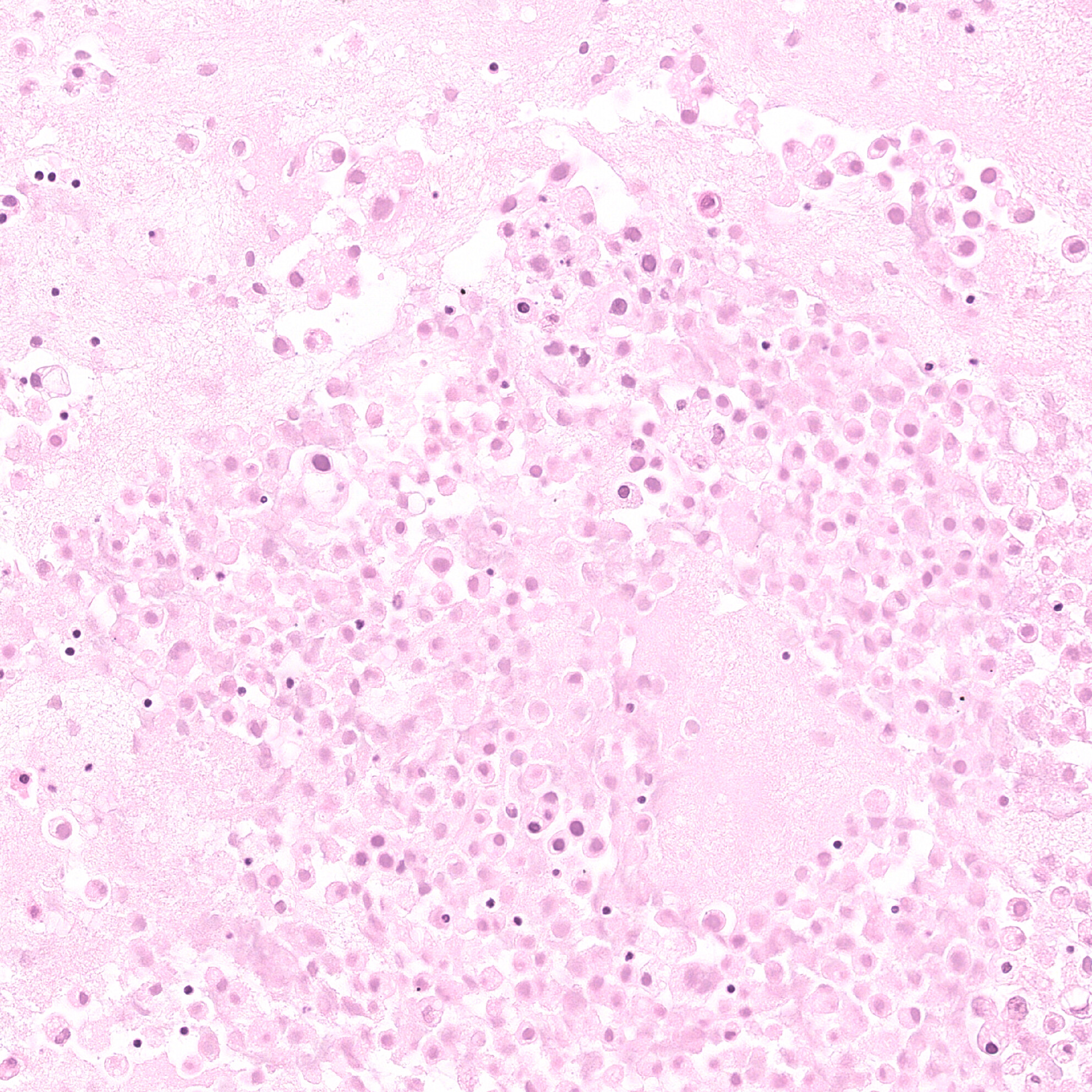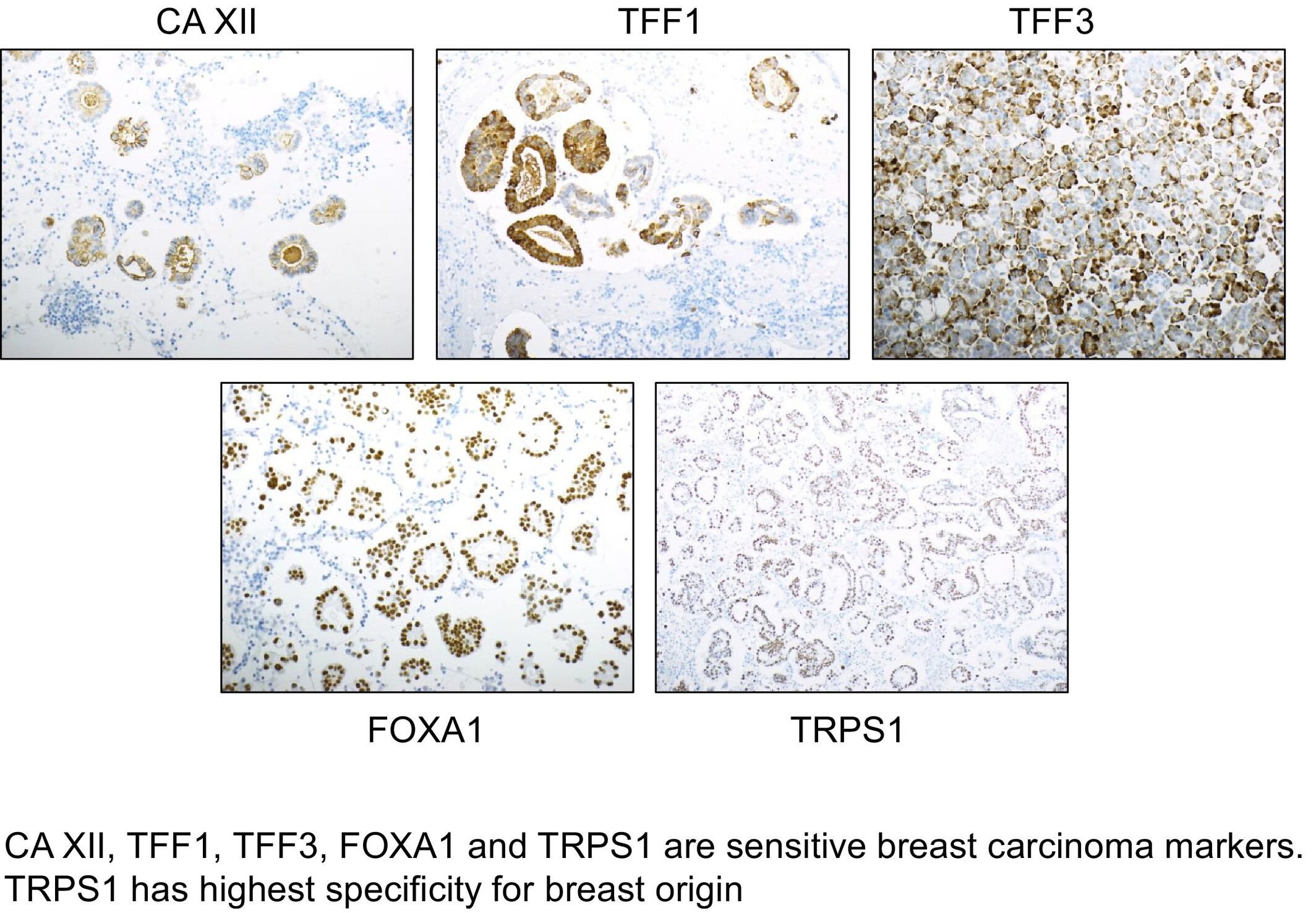Journal list menu
Export Citations
Download PDFs
COVER IMAGE
Cover Image
- Page: i
- First Published: 10 June 2025
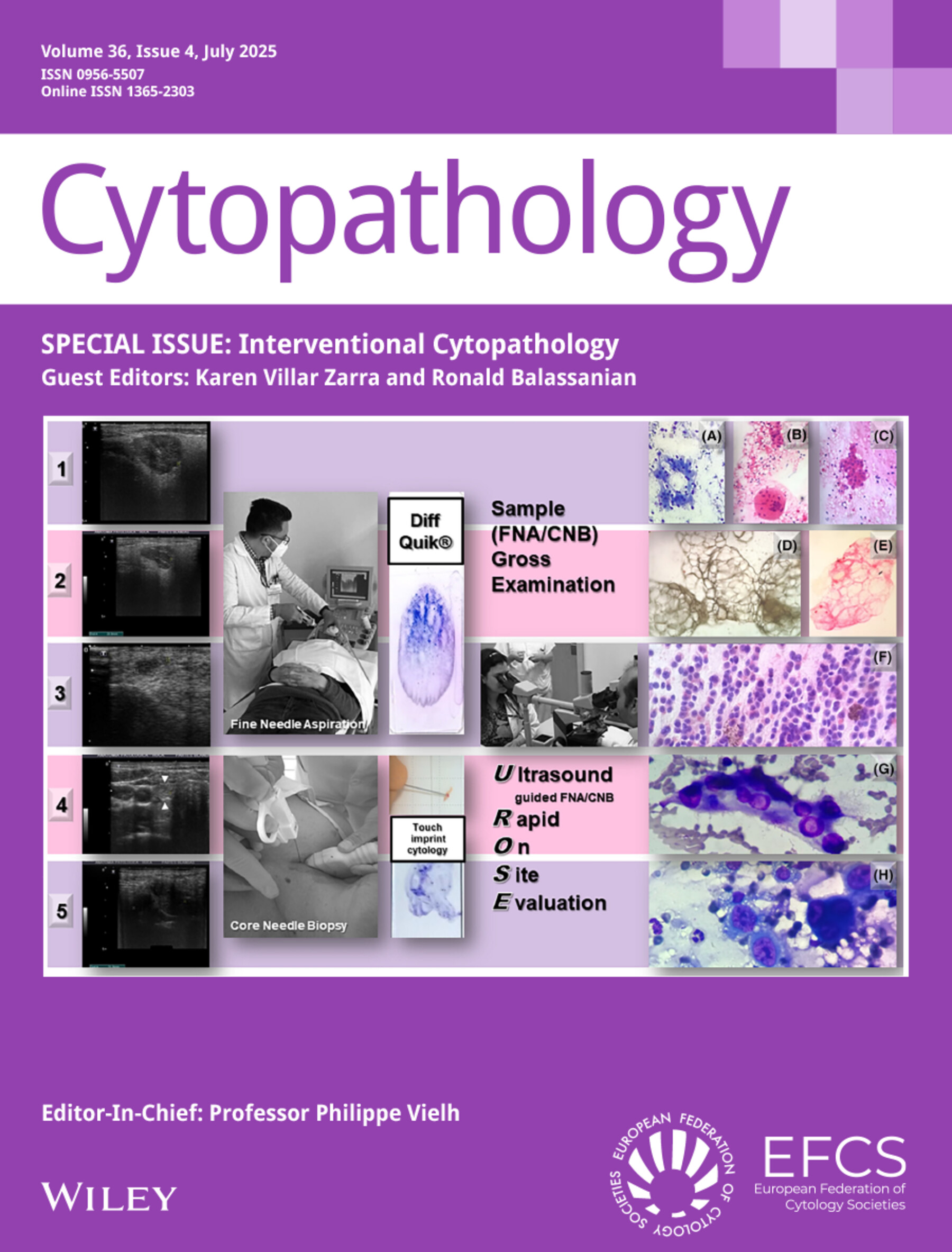
The cover image is based on the article Resident training in interventional pathology: Ultrasound-guided fine-needle aspiration and rapid on site evaluation—5 years of teaching experience in a single university hospital by Torres-Rivas et al., https://doi.org/10.1111/cyt.13355
ISSUE INFORMATION
REVIEW
Liquid Biopsy Series
Liquid Biopsy in Solid Tumours: An Overview
- Pages: 296-302
- First Published: 11 April 2025
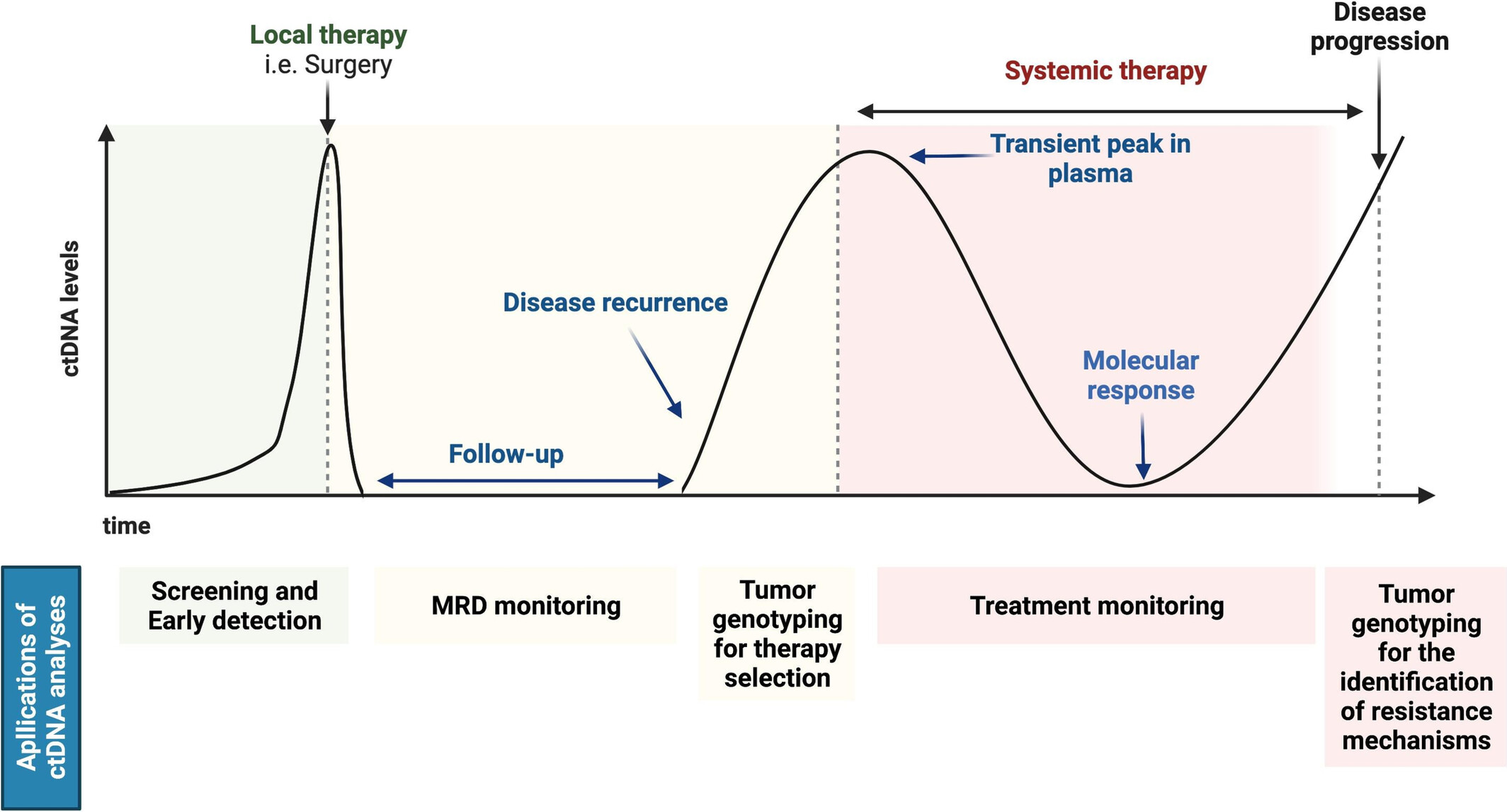
Potential applications of ctDNA analyses during the course of cancer patient journey. This figure was published as Figure 1 in Lung Cancer, Volume 172, Malapelle U, Pisapia P, Pepe F, Russo G, Buono M, Russo A, Gomez J, Khorshid O, Mack PC, Rolfo C, Troncone G., The evolving role of liquid biopsy in lung cancer, Pages 53–64, Copyright Elsevier (2022).
EDITORIAL
Unleash your potential: Inside interventional pathology
- Pages: 303-306
- First Published: 09 July 2024
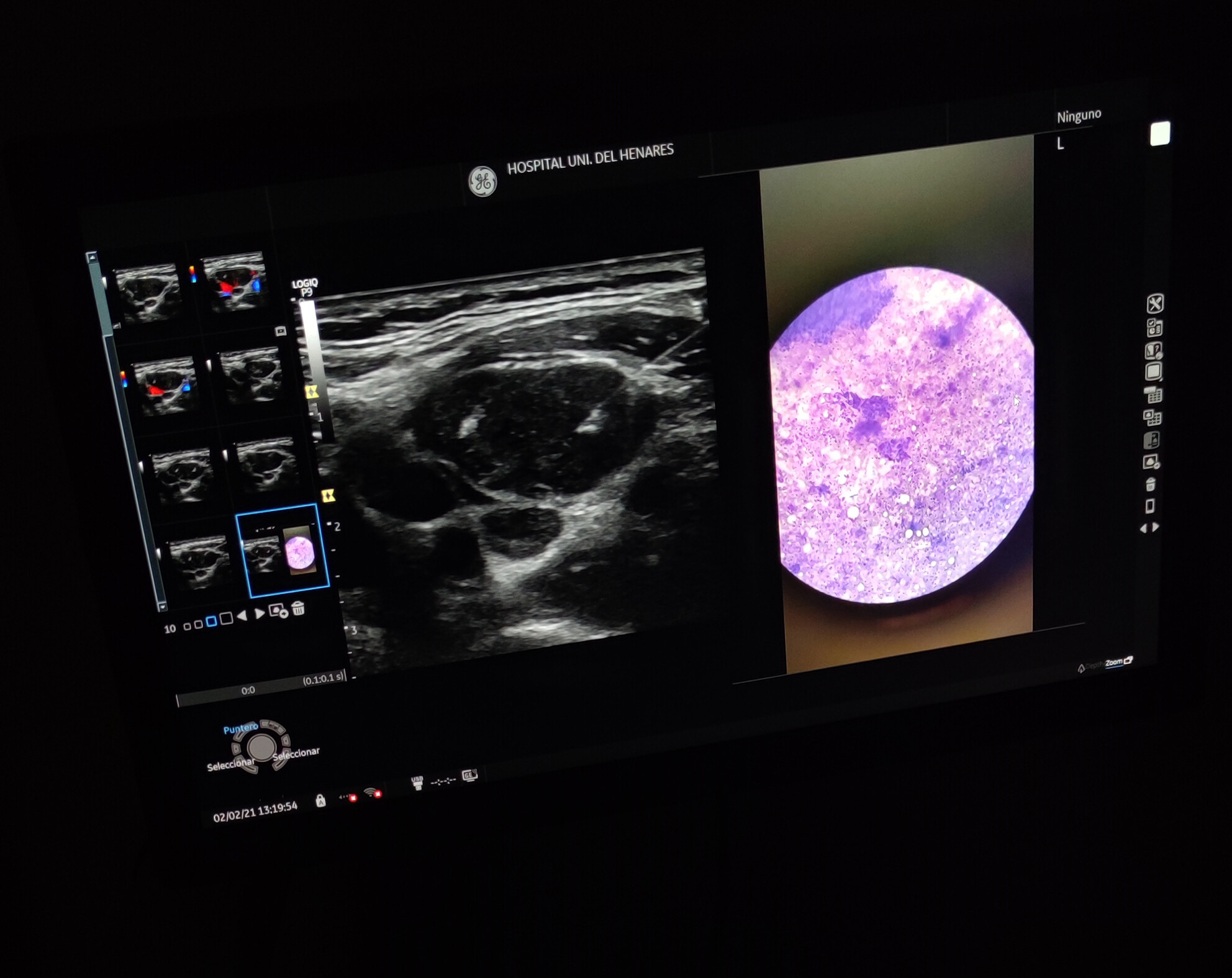
The image shows an ultrasound-guided fine needle aspiration on the left and the corresponding cytological image of the obtained sample on the right, illustrating the correlation between the procedure and its microscopic results.
Unleash your potential: Inside interventional pathology. From behind-the-scenes specialists to frontline innovators, interventional pathologists are reshaping patient care. They wield skills like fine needle aspiration, core needle biopsy, and Point-of-Care Ultrasound, enhancing precision and outcomes.
REVIEW
The evolving role of interventional cytopathology from thyroid FNA to NGS: Lessons learned at Federico II University of Naples
- Pages: 307-317
- First Published: 09 July 2024
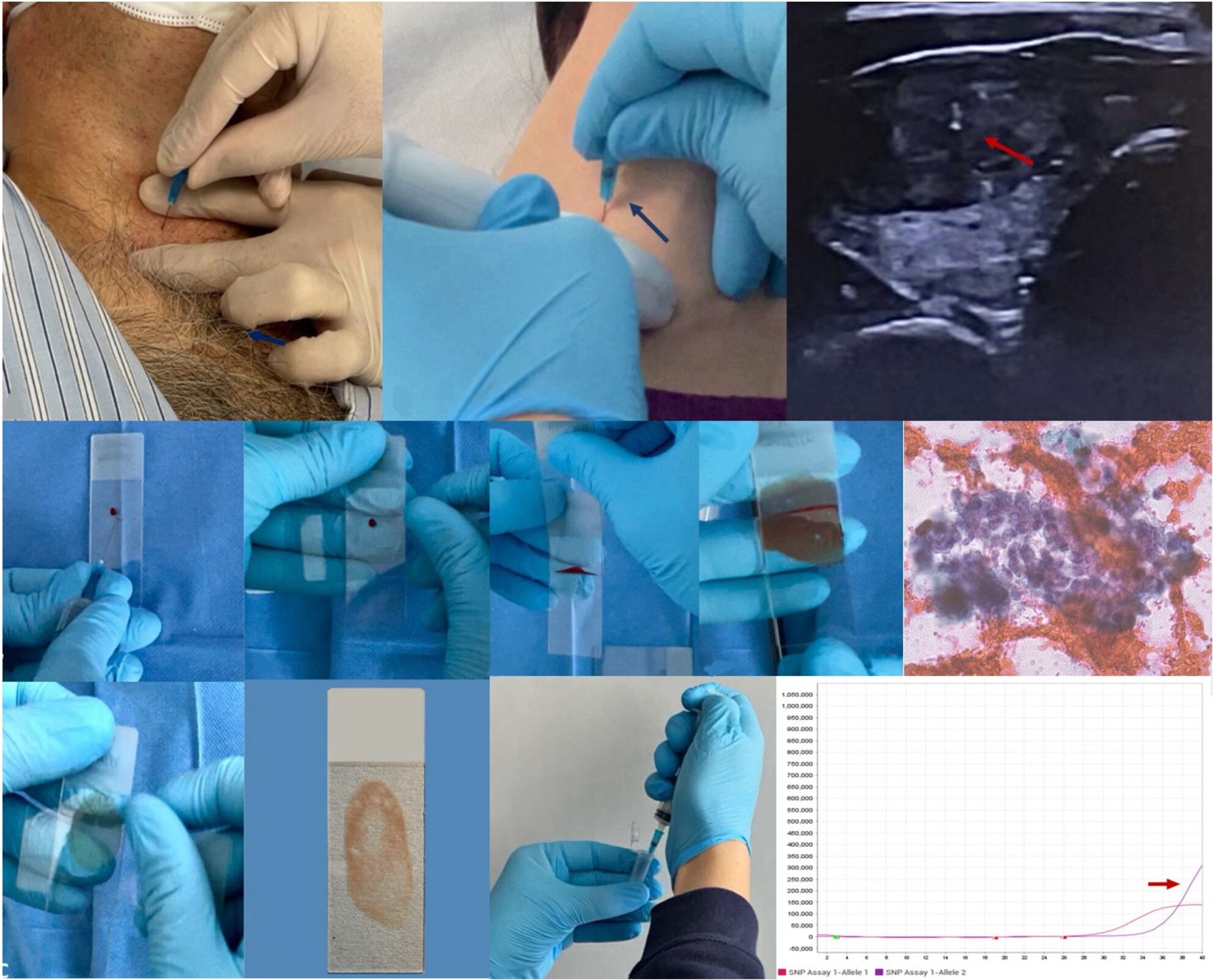
Interventional cytopathologist procedure from the FNA to the molecular result.
This paper delves into decade-long experience of interventional cytopathologists focusing on recent endeavours to ensure adequate samples not only for microscopic diagnosis but also for molecular testing, integrating next-generation sequencing technology into clinical practice.
ORIGINAL ARTICLE
One-Stop Diagnosis in Interventional Pathology: A 7-Year Experience With On-Demand Care for Superficial Nodules
- Pages: 318-327
- First Published: 27 February 2025
EDITORIAL
Ultrasound-guided fine-needle aspiration by cytopathologist—Lessons learned in building a successful practice
- Pages: 328-332
- First Published: 19 January 2024
‘Ultrasound-guided Fine Needle Aspiration by Cytopathologist - Lessons Learned in Building a Successful Practice’ discusses a cytopathologist's personal experience gained over 30 years of building and managing a successful USGFNA cytology service.
ORIGINAL ARTICLE
One nodule–one punction–one slide: Optimizing thyroid fine-needle aspiration for a digital workflow
- Pages: 333-338
- First Published: 20 November 2023
Resident training in interventional pathology: Ultrasound-guided fine-needle aspiration and rapid on site evaluation—5 years of teaching experience in a single university hospital
- Pages: 339-345
- First Published: 10 January 2024
How do cytopathologists learn fine needle aspiration techniques? An international survey
- Pages: 346-350
- First Published: 26 December 2023
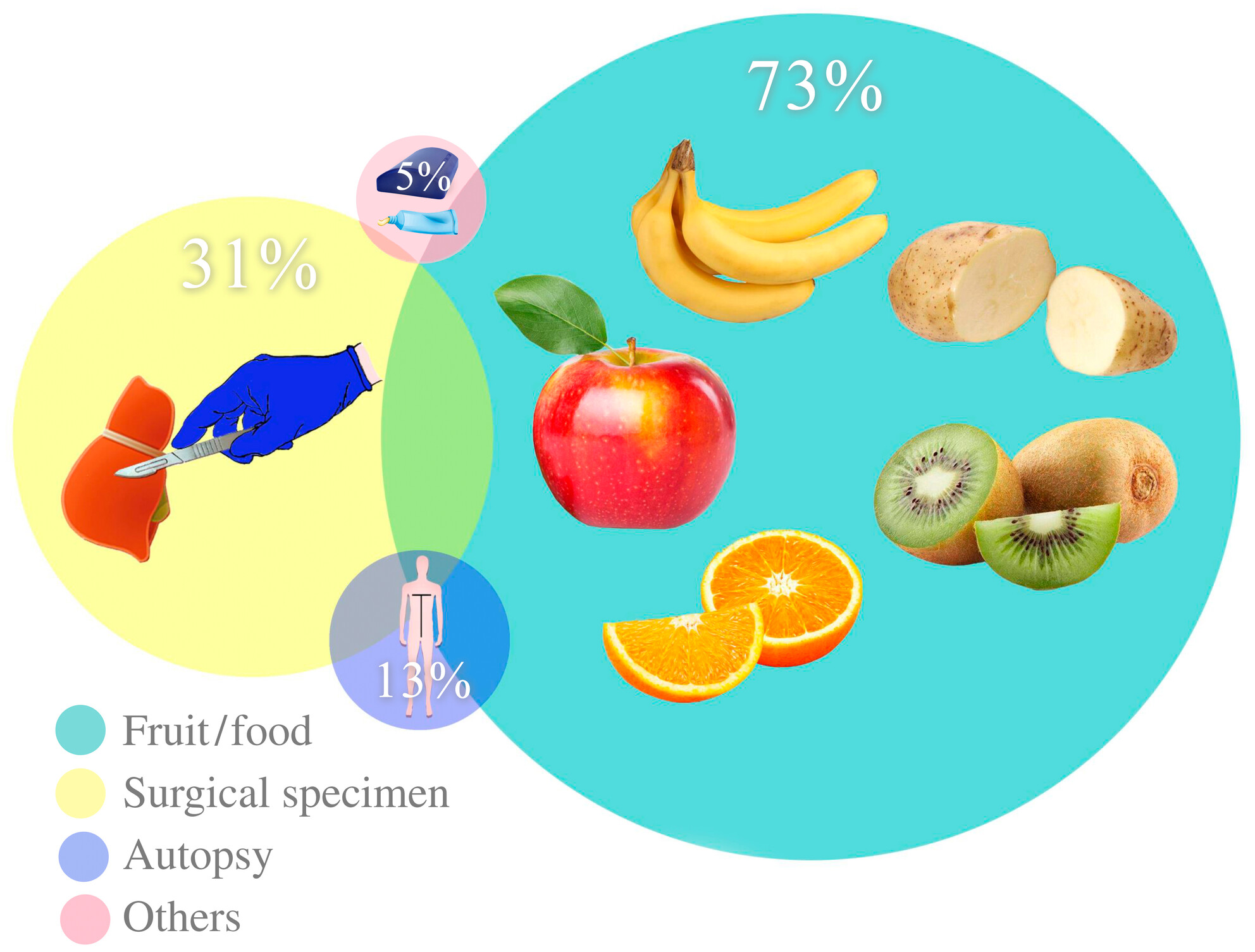
The following study reveals a deficient practical training in fine needle aspiration cytology among cytopathologists through a questionnaire carried out using social media networks at an international level and how simulation-based methodologies are positioned as a standard in medical education, preserving patient safety.
EDITORIAL
Key roles of the cytotechnologists and biomedical scientists in interventional pathology: The foundation of a seamless workflow
- Pages: 351-355
- First Published: 22 March 2024
ORIGINAL ARTICLE
Ultrasound fundamentals and their clinical implications for interventional cytopathologists
- Pages: 356-374
- First Published: 18 April 2024
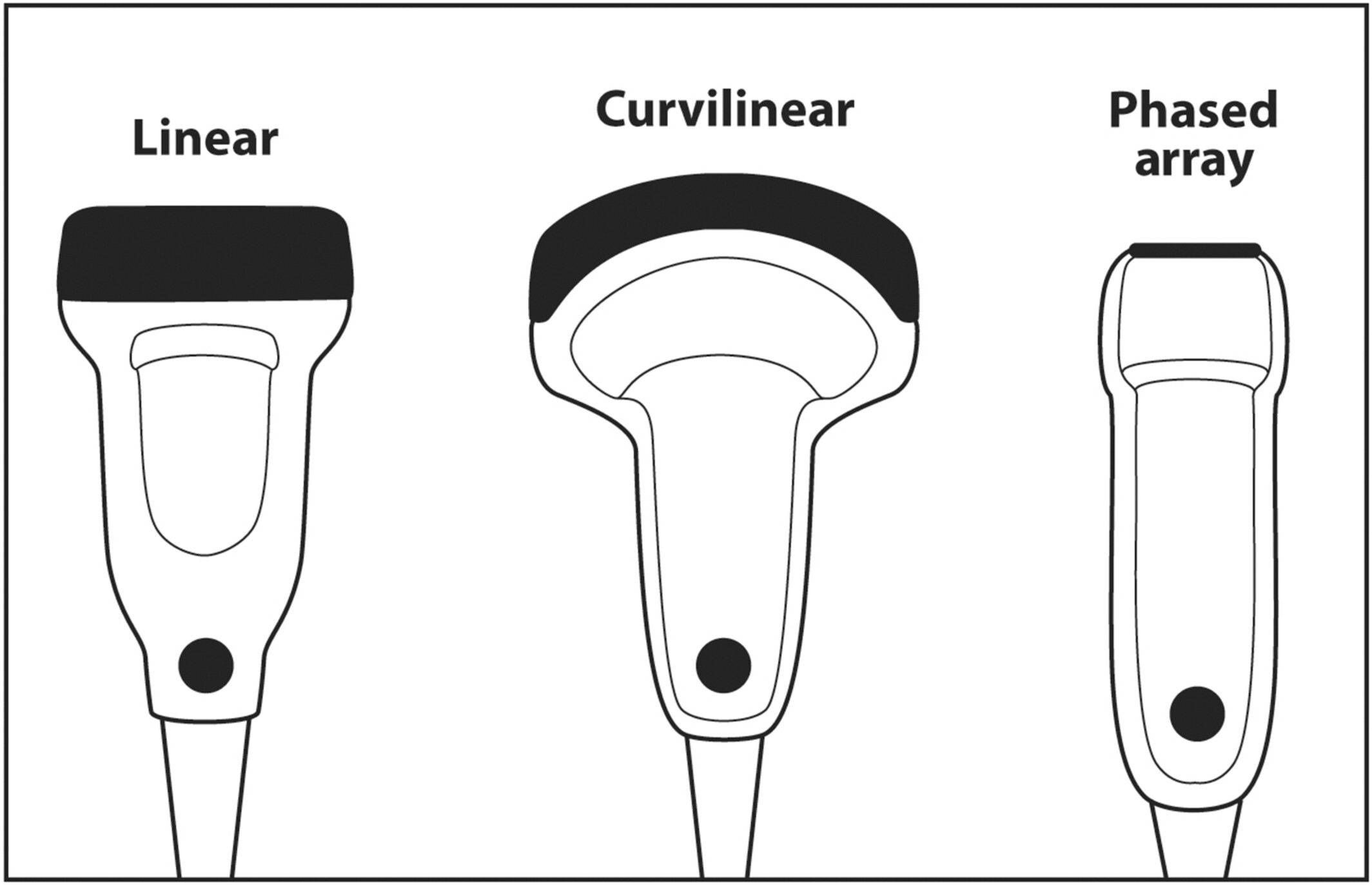
Interventional cytopathologists need to know about ultrasound physics and instrumentation to produce an image that faithfully recreates the lesion discovered by the sonographer and diagnosed by the radiologist. A deep quantitative understanding of physics is not required. Knowledge of the basics of ultrasound and their clinical implications will help the interventionalist create a clear target for biopsy.
EDITORIAL
Antithrombotic therapy—A simple algorithm for the interventional pathologist: A case series
- Pages: 375-379
- First Published: 25 March 2024
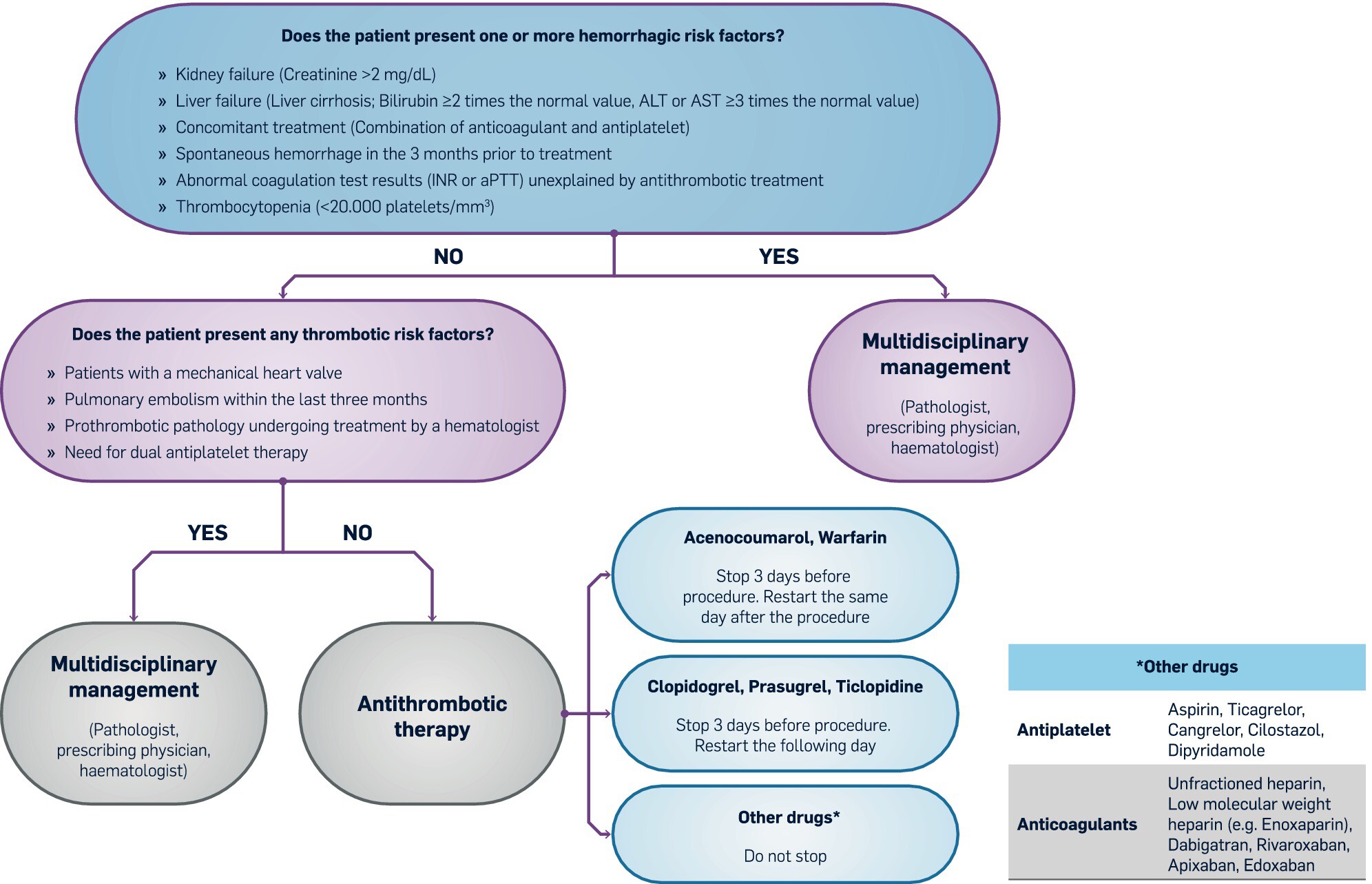
We can safely manage patients on antithrombotic therapy in the interventional pathology practice with this practical algorithm based on the new Antithrombotic Therapy Management Guidelines.
This new algorithm helps ensure safe care for patients on antithrombotic therapy undergoing interventional pathology procedures. #interventionalpathology.
ORIGINAL ARTICLE
Needs Assessment for an Interprofessional Module for Enhancing Competencies Required for Fine Needle Aspiration Cytology (FNAC)
- Pages: 380-385
- First Published: 30 March 2025
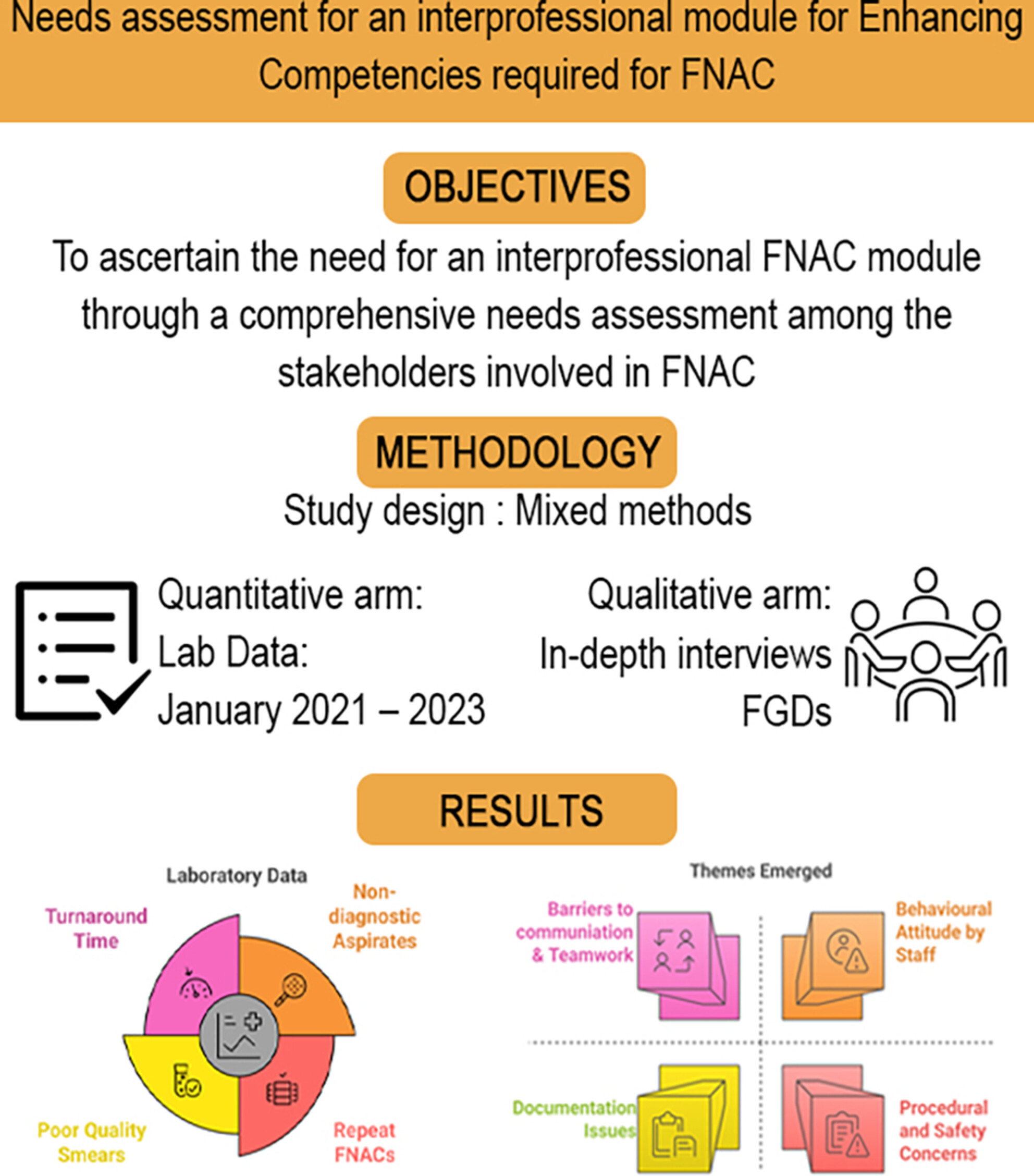
This study identifies key challenges in Fine Needle Aspiration Cytology (FNAC) practice, including diagnostic inefficiencies and interprofessional gaps. Using a mixed-methods approach, it highlights the need for an interprofessional training module to enhance competencies, improve patient-centred care, and strengthen collaboration among healthcare professionals in FNAC procedures.
Optimising Axillary Staging in Resource-Constrained Settings: A Prospective Validation of Axillary Ultrasound and Touch Imprint Cytology in Predicting Pathologically Negative Axillae in cT2-3 Breast Cancer
- Pages: 386-390
- First Published: 27 March 2025
Impact of Cold Ischemic Time on Nucleic Acid Quality in Cytology Samples for Cancer Gene Analysis
- Pages: 391-398
- First Published: 01 April 2025
Performance of the Monoclonal Antibody B72.3 in Diagnosis of Malignant Carcinomatous Serous Effusions—A Systematic Review and Meta-Analysis of Diagnostic Performance
- Pages: 399-407
- First Published: 10 April 2025
The Diagnostic Role of TFF1, TFF3, FOXA1, CA XII and TRPS1 in Serous Effusions
- Pages: 408-417
- First Published: 01 April 2025
CASE REPORT
The Cytopathological Diagnosis of Fumarate Hydratase (FH)-Deficient Renal Cell Carcinoma in Two Patients With FH Gene Mutation
- Pages: 418-422
- First Published: 24 April 2025
Large tumour cells with abundant eosinophilic cytoplasm, coarse chromatin and irregular nuclear shapes are typical cytological signs of fumarate hydratase-deficient renal cell carcinoma. CK7-negative/CA9-negative/PAX8-positive and AKR1B10-positive/2SC-positive/FH-deficient immunophenotypes may serve as important diagnostic markers.
Case Report—Cytopathological Diagnosis of Metastatic Squamous Cell Carcinoma in Vitreous Fluid
- Pages: 423-425
- First Published: 05 May 2025
This report describes a rare case of HPV-associated oropharyngeal squamous cell carcinoma metastasising to the vitreous fluid, presenting initially with nonspecific visual symptoms. It emphasises the critical importance of maintaining a high clinical suspicion and utilising cytological diagnosis to improve patient management and outcomes.
ENIGMA PORTAL
Clear Cell Neoplasm in Salivary Gland FNA? Maybe It’s From Kidney!
- Pages: 426-429
- First Published: 05 May 2025
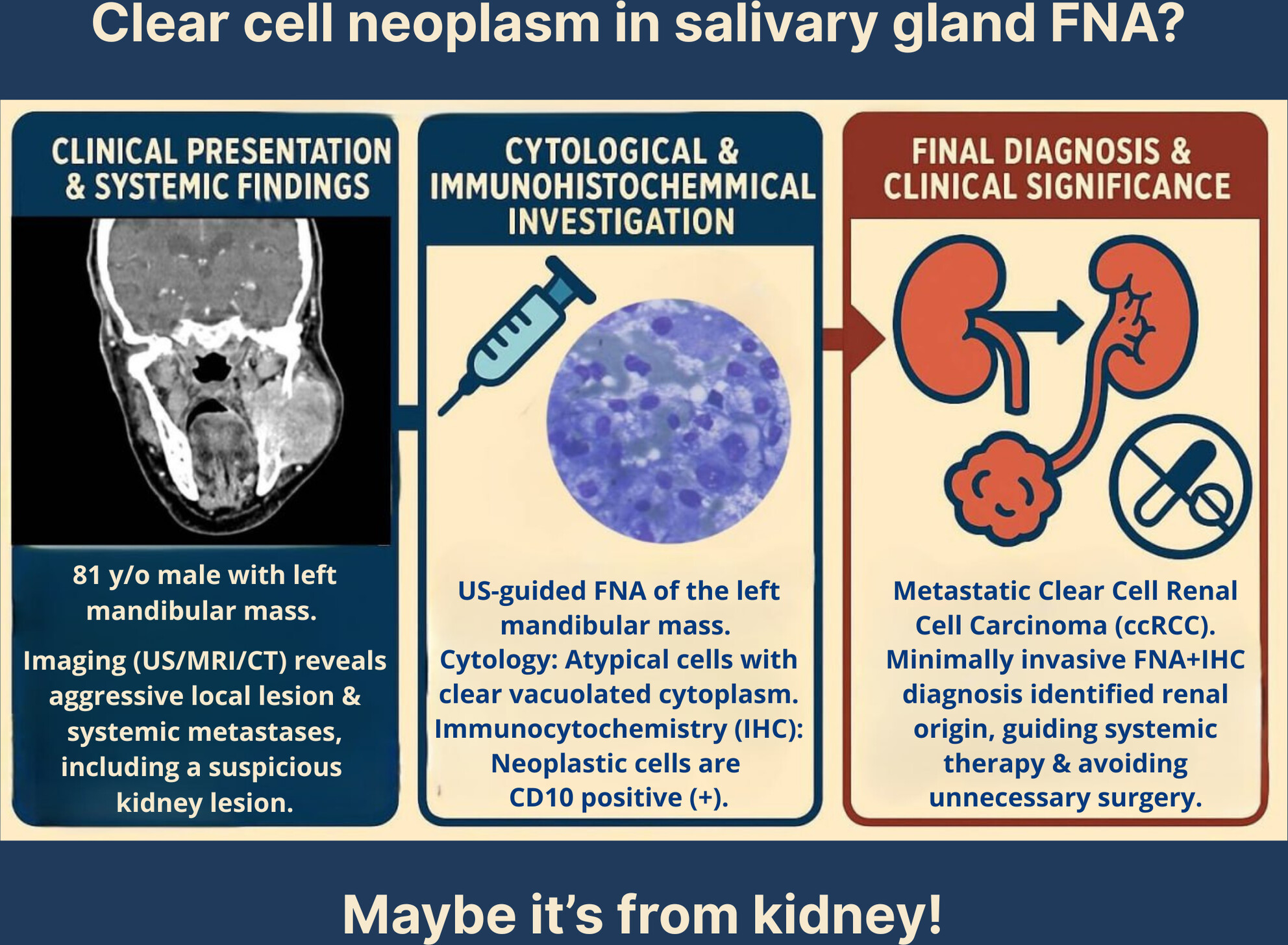
This article reports a rare case of metastatic clear cell renal cell carcinoma presenting as a parotid gland mass, clinically and cytologically mimicking a primary salivary gland neoplasm. It underscores the diagnostic value of integrating cytological evaluation with clinical history and immunocytochemical profiling.




